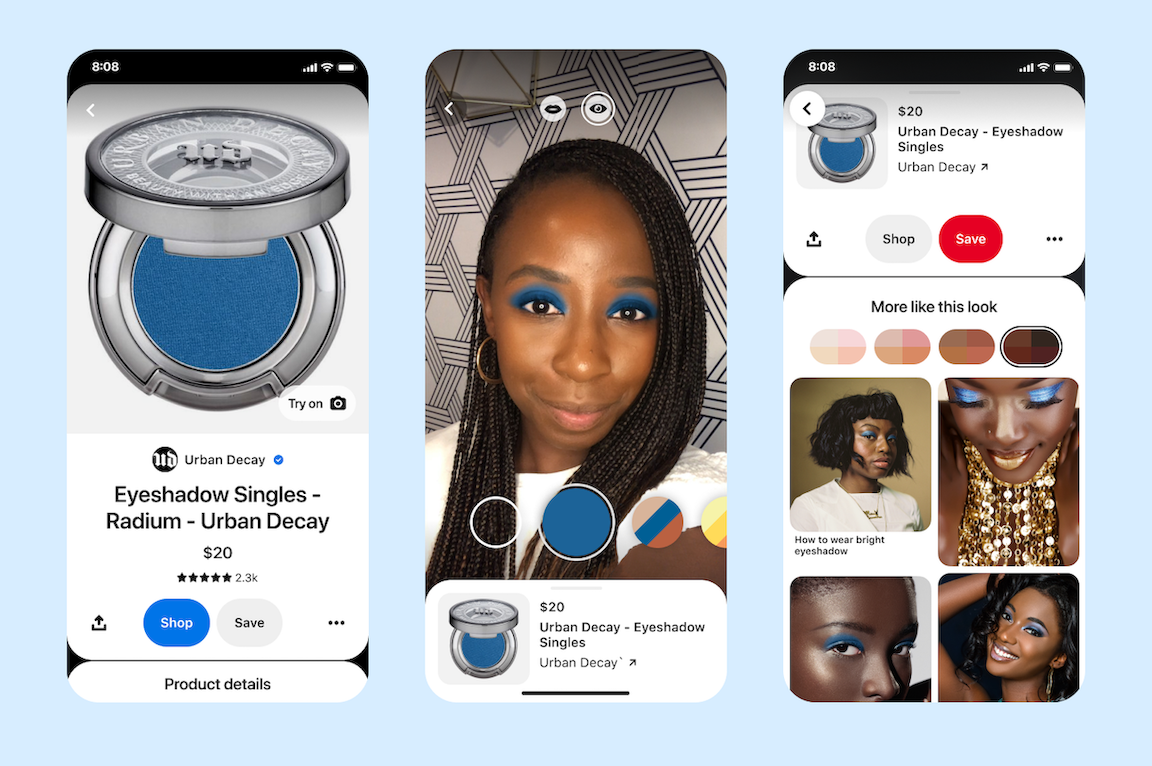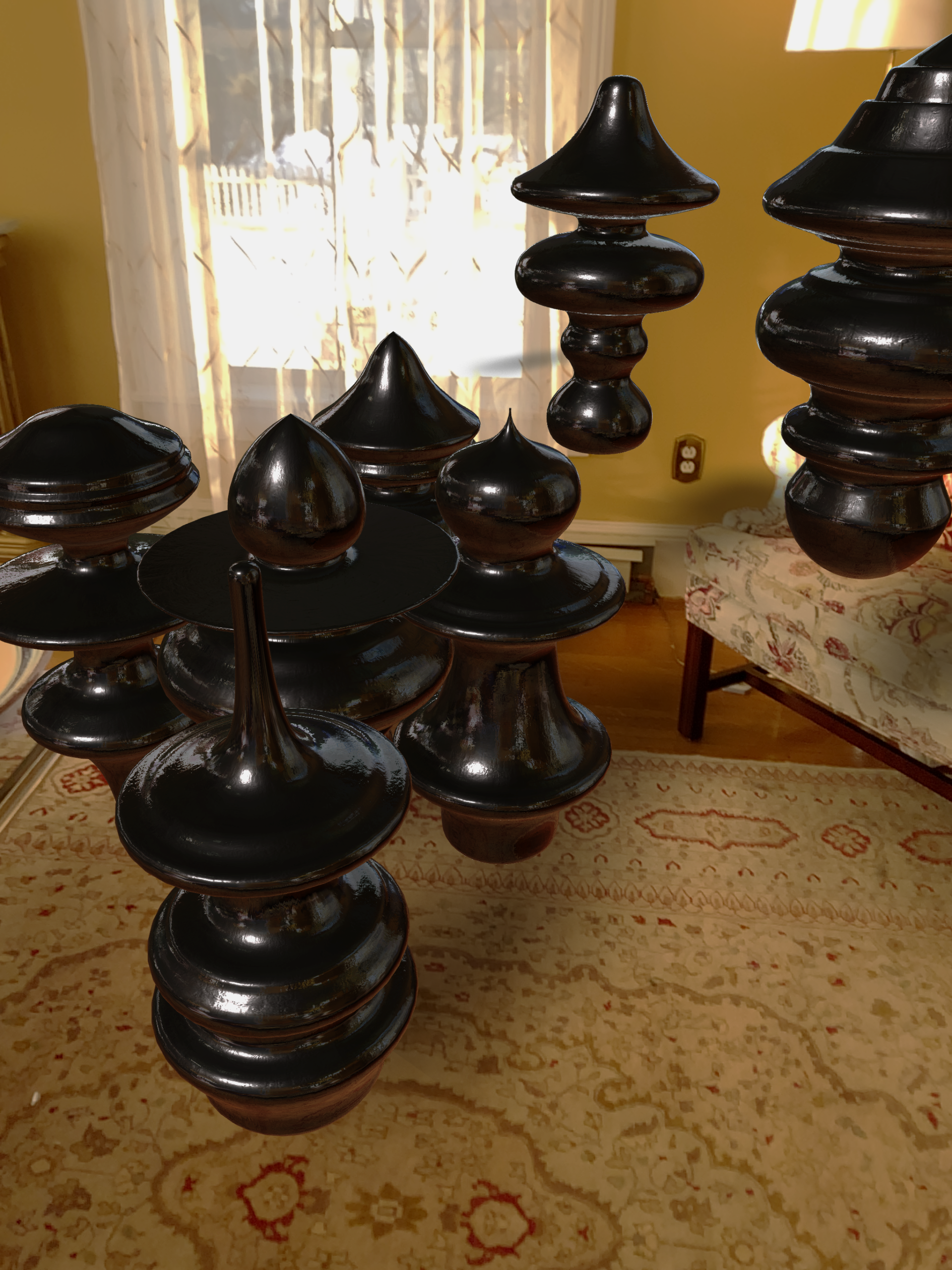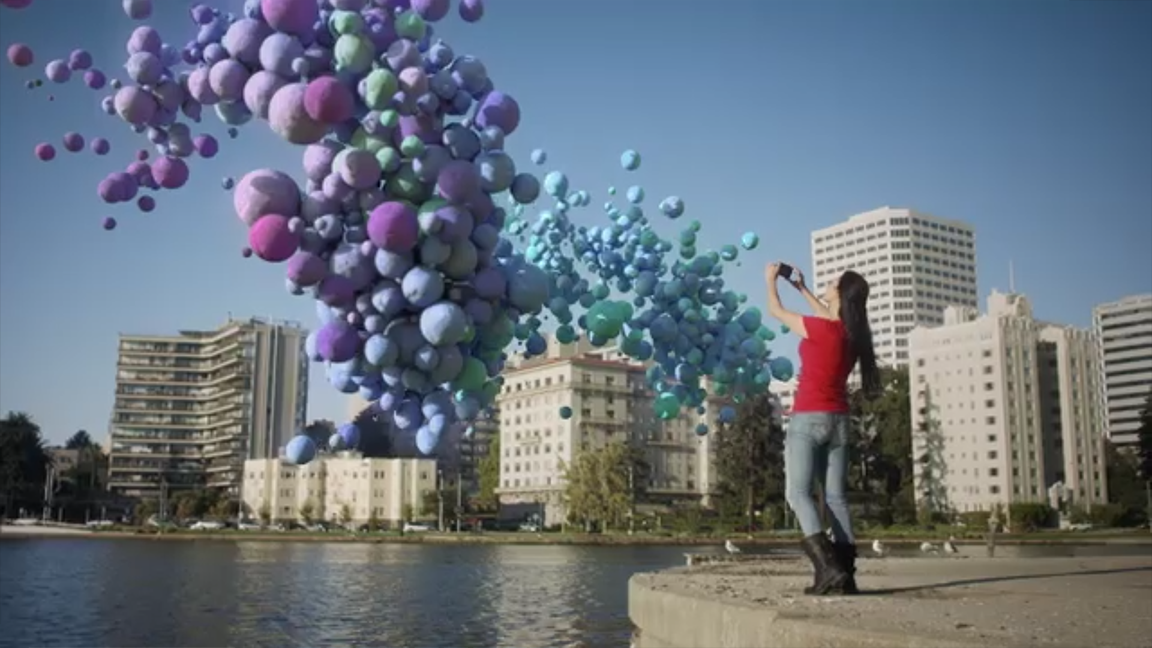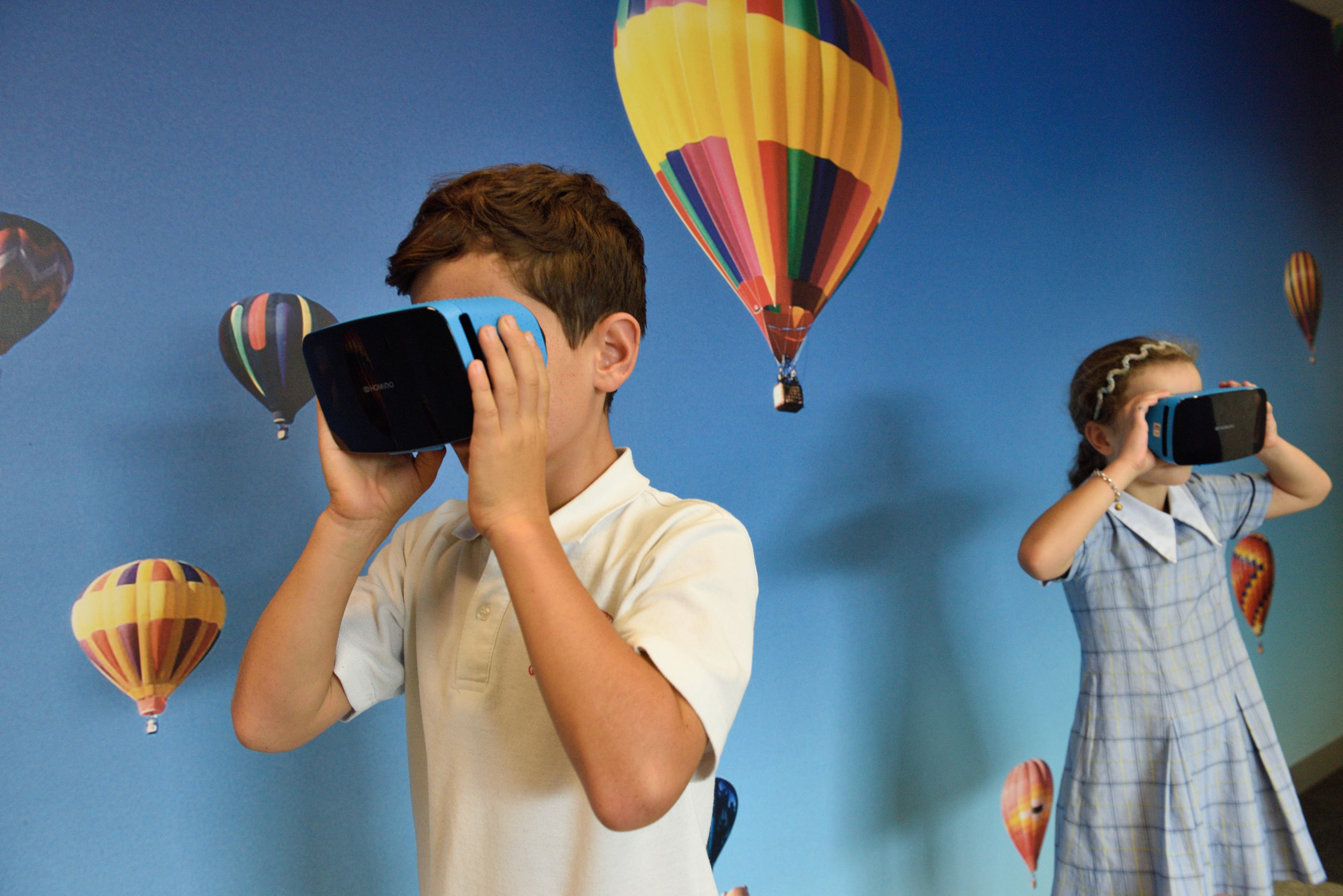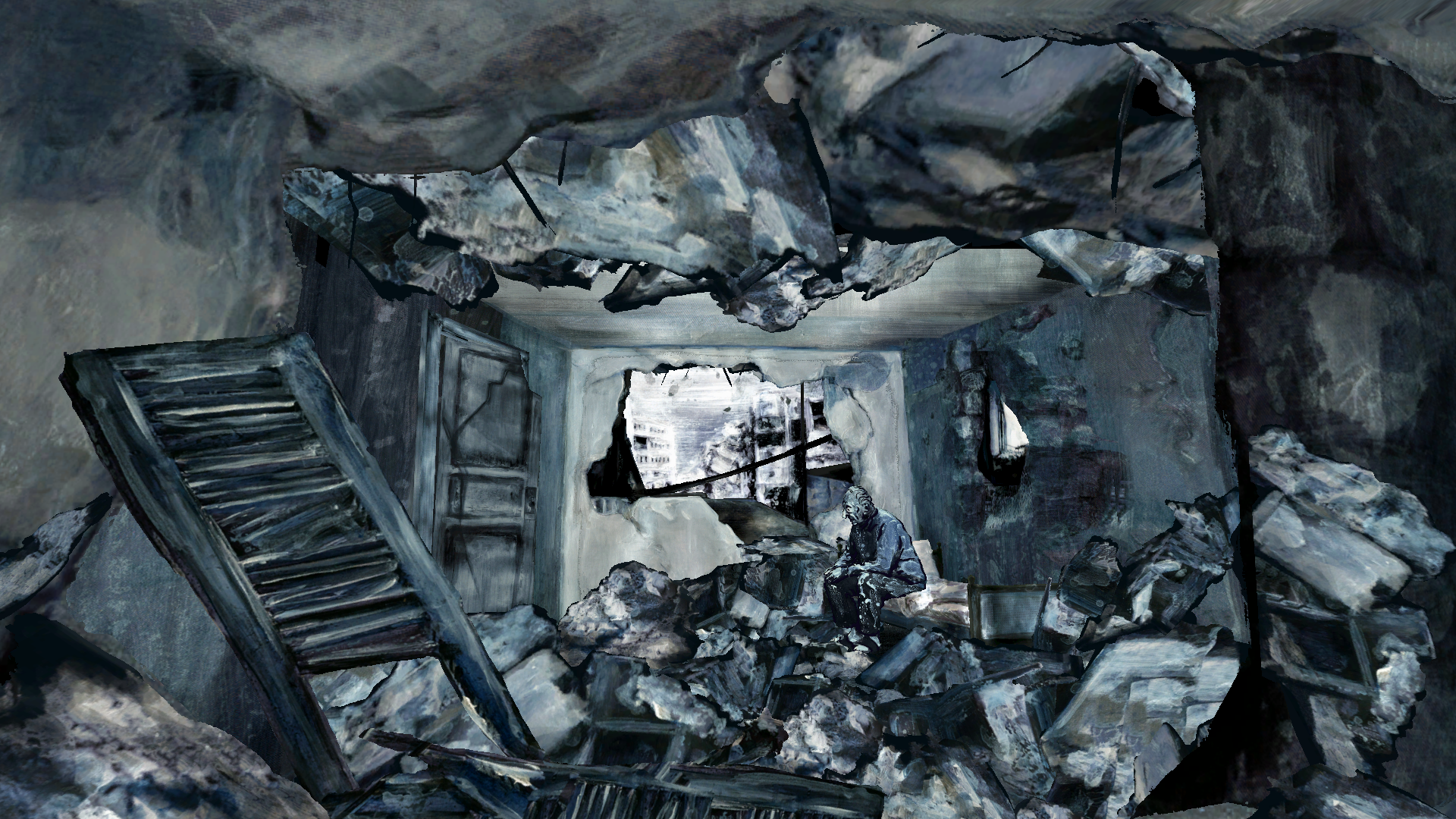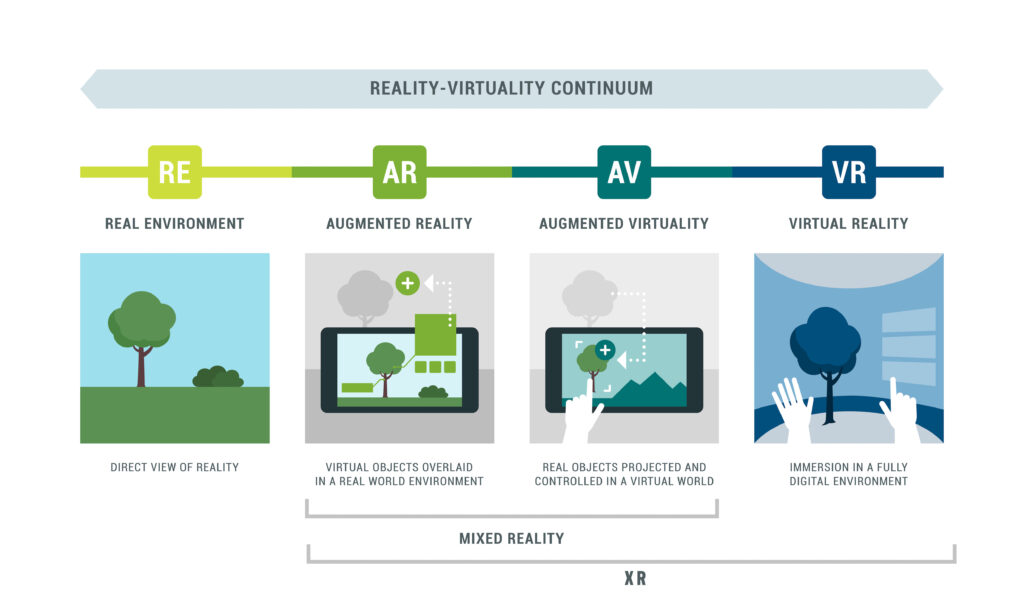As the months of quarantine drag on, you might be ready for a way to shake up an endless stream of Zoom meetings. Or maybe you’d like a unique way to meet up with friends. Mozilla Hubs might be a great choice — and is one that allows you to socialize in VR while supporting other participants on mobile devices or laptops.
With Hubs, you can create an immersive 3D social space, with built-in features that allow you to watch videos, give presentations, or just experience some virtual water cooler chat. It’s free, painless to set up, and is a great way to get started creating social VR — even if you don’t have any prior experience.
Hubs rooms are ready to go ‘out of the box,’ but if you’d like more fine-grained control of the space you’re using for your meeting or event, you can use the Spoke tool to create a room that’s customized for your needs. If you’re interested in WebVR but don’t have experience with web technologies, Spoke is a way to create quite sophisticated VR using straightforward tools — and it’s probably the only way that realistically strips away the complications of multiplayer and art asset sourcing.
Read More

